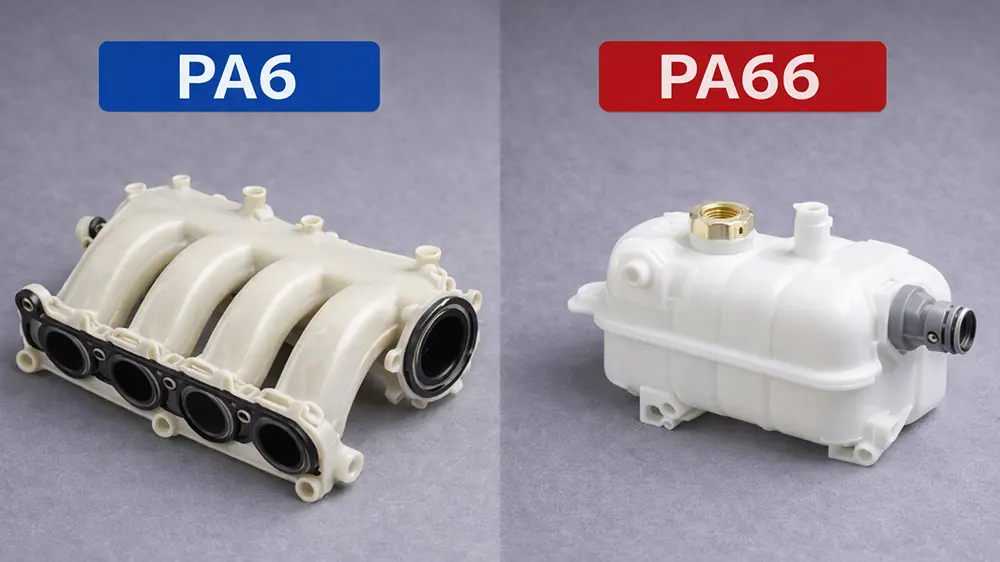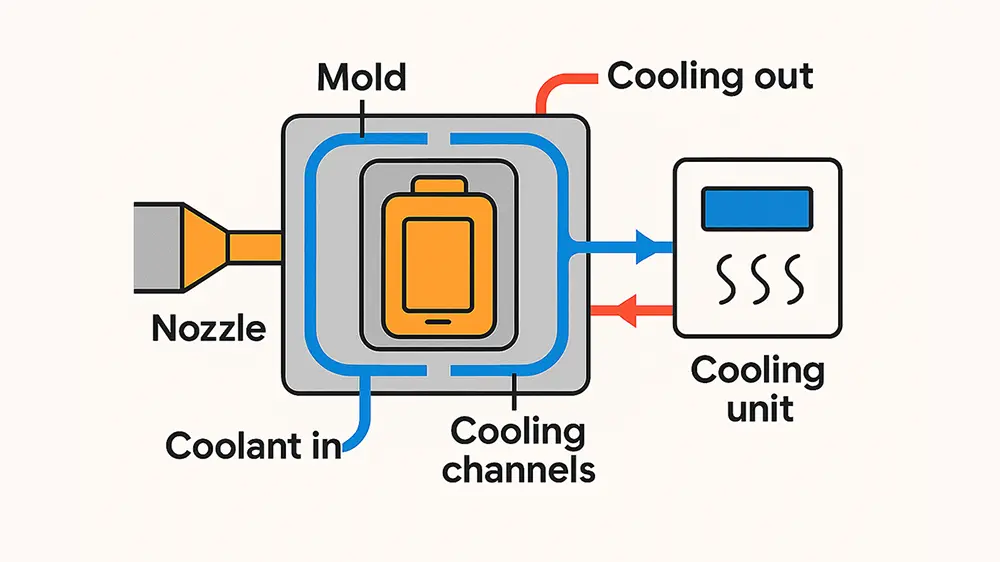This is Bryan from Shenzhen RJC company, today we’re talking about how to choose cold runner or hot runner system for medical products. When we’re designing a medical mold, choosing between a cold runner and a hot runner system depends on several factors such as the type of material, part design, production volume, and cost. Use hot runner systems in medical molding can offer significant benefits in terms of productivity, quality, and cost-effectiveness. However, it is important to carefully consider the specific requirements of the project and the potential drawbacks before deciding whether to use a hot runner system or cold runner system.
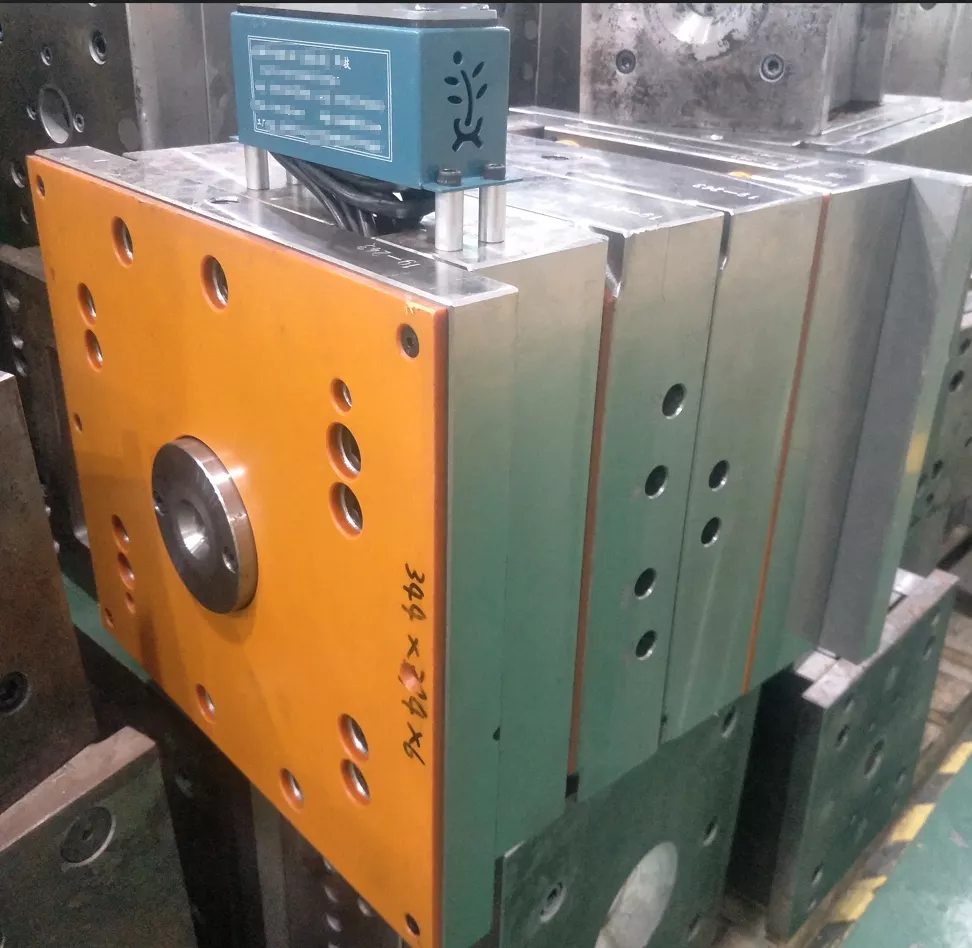
Hot runner systems are commonly used in injection molding to improve the efficiency and quality of the molding process. In medical molding, where precision and cleanliness are critical, hot runners can play an important role in ensuring that the final product meets the required specifications. Here are some advantages and disadvantages of using hot runner systems in medical molding:
Advantages of hot runner systems:
Reduced cycle time: Hot runner systems eliminate the need for runners, which are cold and can slow down the molding process. This leads to faster cycle times and increased productivity.
Improved part quality: The elimination of runners also reduces the amount of material waste, resulting in better quality parts with fewer defects.
Lower cost: The use of hot runners can reduce material waste and lower production costs, making it a cost-effective option for large-scale production runs.
More design flexibility: Hot runner systems allow for greater design flexibility since the mold can be designed without worrying about the flow of the molten plastic.
Disadvantages of hot runner systems:
Higher cost at early mold making: The initial cost of a hot runner system is higher than that of a cold runner system when we built a new mold. This can make it less attractive for smaller production runs or low-volume products. But if we want to get a high quality product, or design some special product structure, the hot runner system still necessary.
Increased maintenance: Hot runner systems require regular maintenance to ensure that they continue to operate at optimal levels. This can lead to increased downtime and higher maintenance costs.
More complex design: The design of a hot runner system is more complex than that of a cold runner system, requiring specialized knowledge and expertise.
Potential contamination: The hot runner system can be a potential source of contamination if not properly maintained or cleaned. This can be a significant issue in medical molding where cleanliness is critical.
Cold runner system is molten plastic material is injected into a mold through channels or runners that are not heated. The plastic cools and solidifies in the runners, creating waste material that is subsequently removed from the mold.
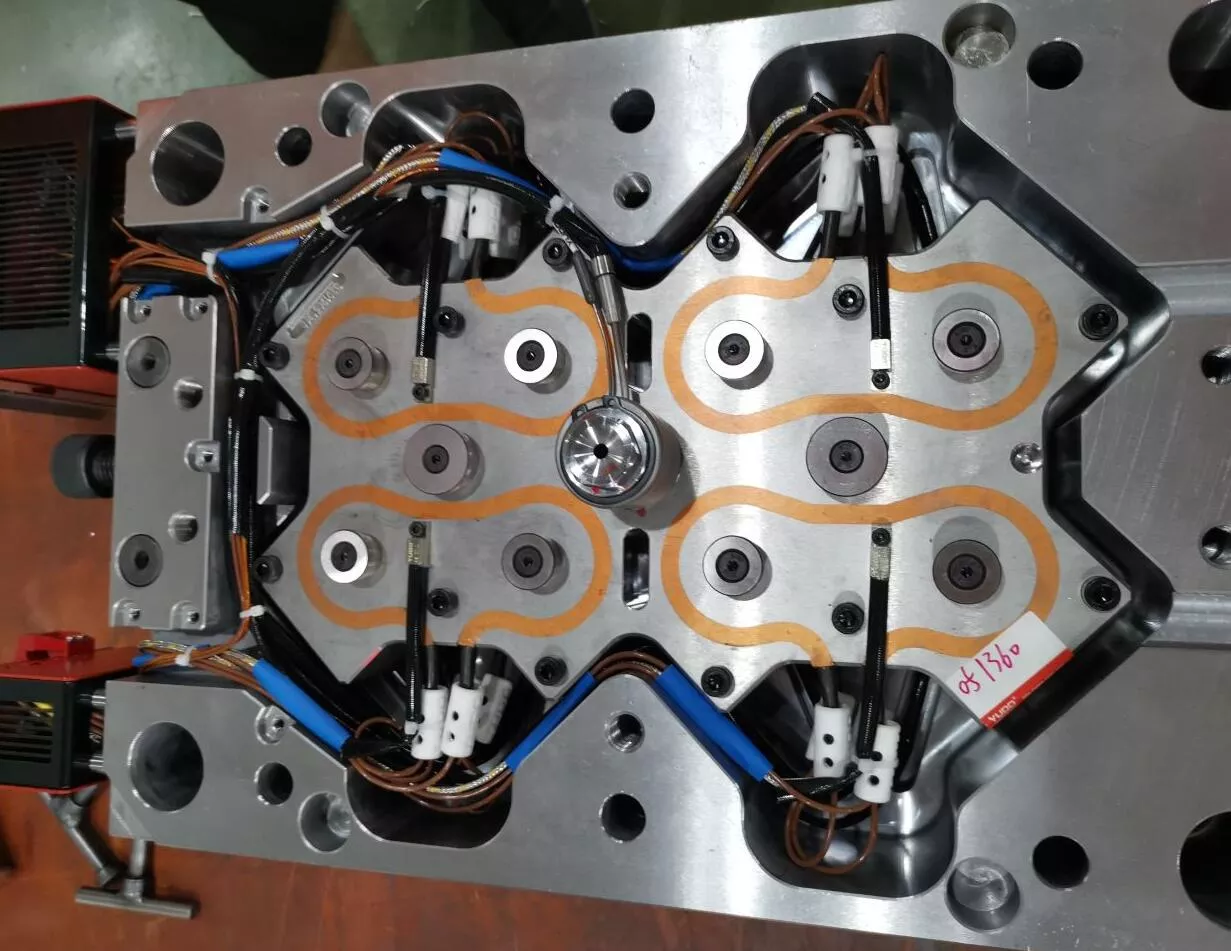
Advantages of cold runner system:
Lower cost: Cold runner systems are generally less expensive to produce and maintain than hot runner systems on mold making, making them a cost-effective option for low-volume production runs.
Easy to use: Cold runner systems are simple and straightforward to set up and operate, requiring minimal training and expertise.
Suitable for a range of materials: Cold runner systems can be used with a variety of materials, including materials that are sensitive to heat or require a longer cooling time.
Disadvantages of cold runner system:
Longer cycle times: Cold runner systems typically have longer cycle times than hot runner systems, which can impact production efficiency and output. It means that increase the production costs.
Limited design flexibility: Cold runner systems are not as flexible as hot runner systems in terms of part design and geometry, as the runner system can limit the part’s shape.
Potential for material degradation: In some cases, the material in the runners may degrade over time, leading to potential contamination of the final product.
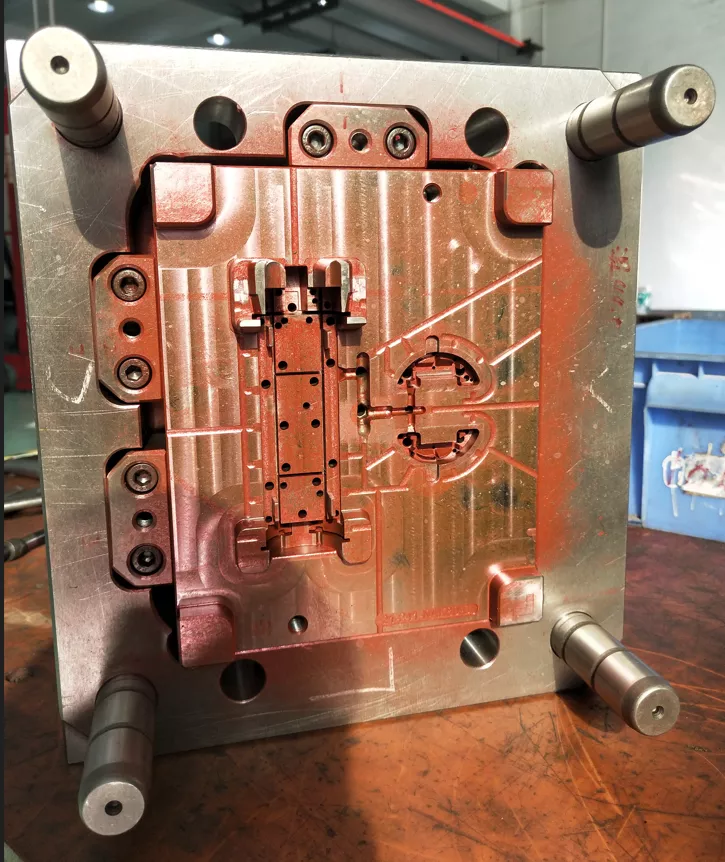
Choose hot runner system or cold runner system not only care about the cost, material, production qty and quality, also need to consider the structure of product design, when we already consider these points, we will know what’s the best solution we need.
Shenzhen RJC Industrial CO., LTD produce more than 20 years injection molds, how to build a tooling to meet our clients demand most importance. Because we have many kinds of clients around the word, they have their own requirements and demands, and our experience can meet different industries, including Medical, Electronic, Automotive, Aviation, 5G and New energy and so on. We offering mold making and injection molding services to them, no matter low volume or large qty production, no matter complex or simple, RJC team will analyze your project and provide the best solutions all the time. Welcome to contact us when you’re ready to open a new project need to built injection molds. [email protected]



